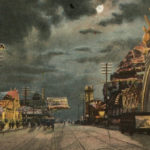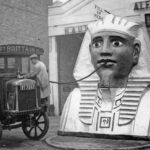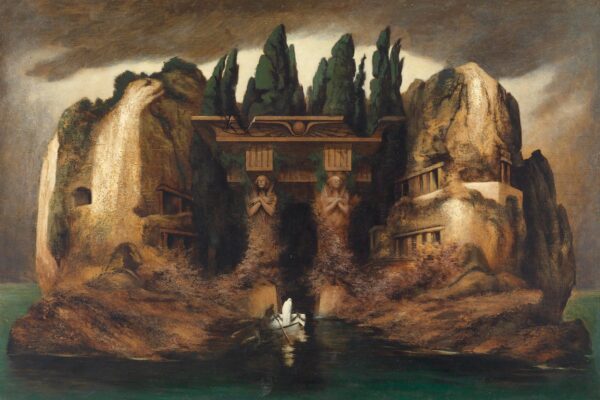1. This little House with a Courtyard for Sale in Paris
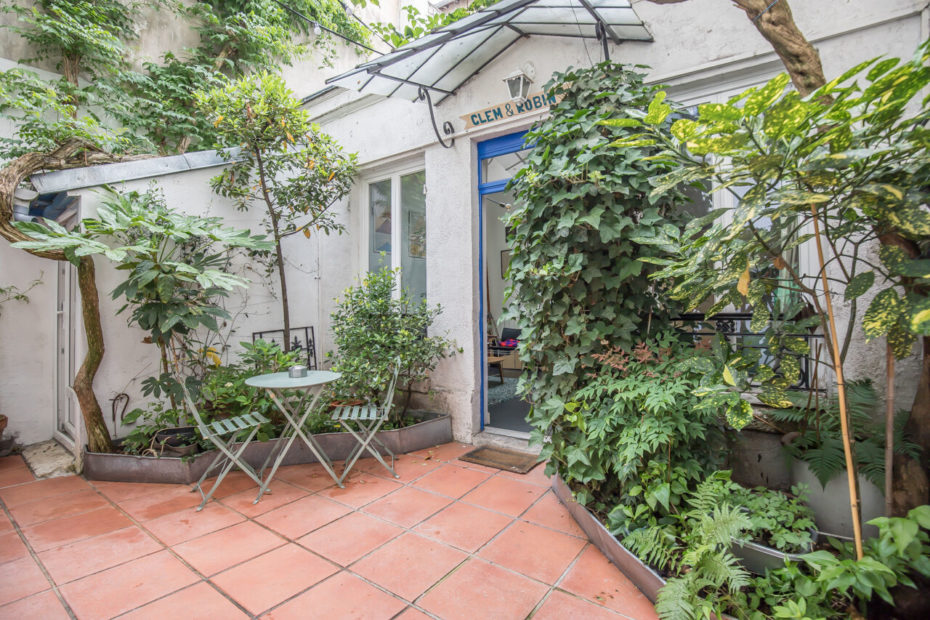
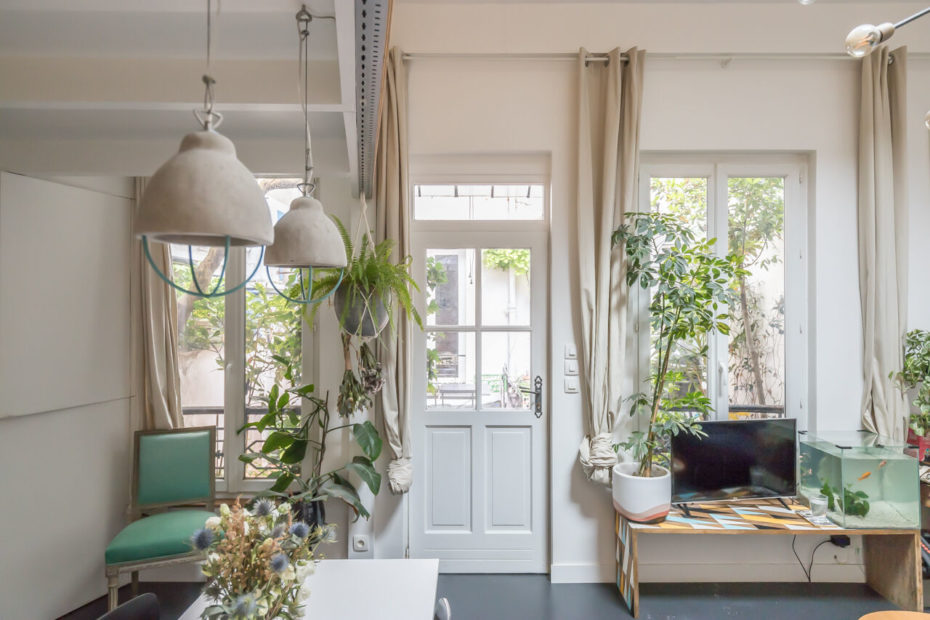


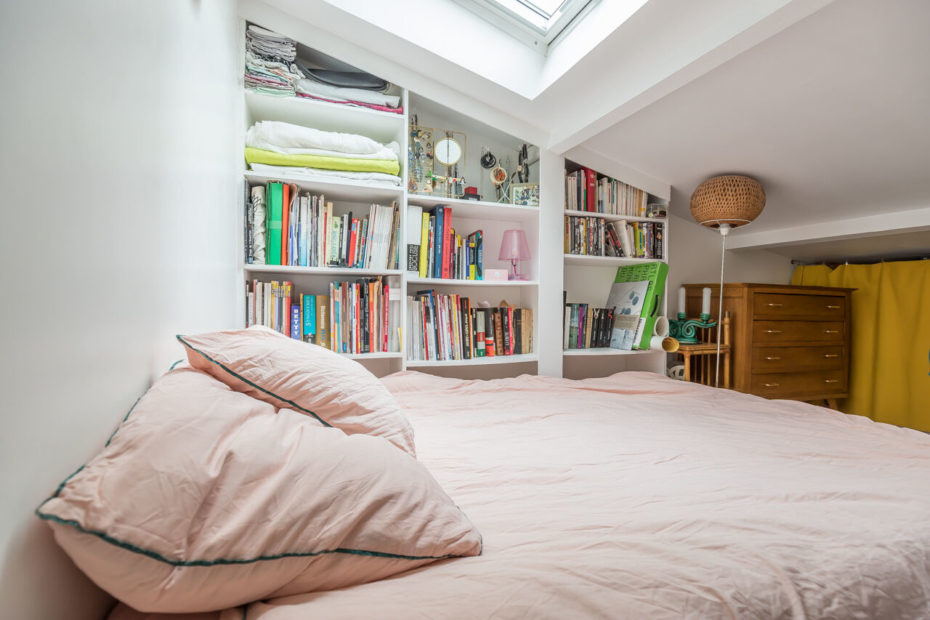

Asking 411K Euros. Found on Espaces Atypiques.
2. London Streets In The 1980s
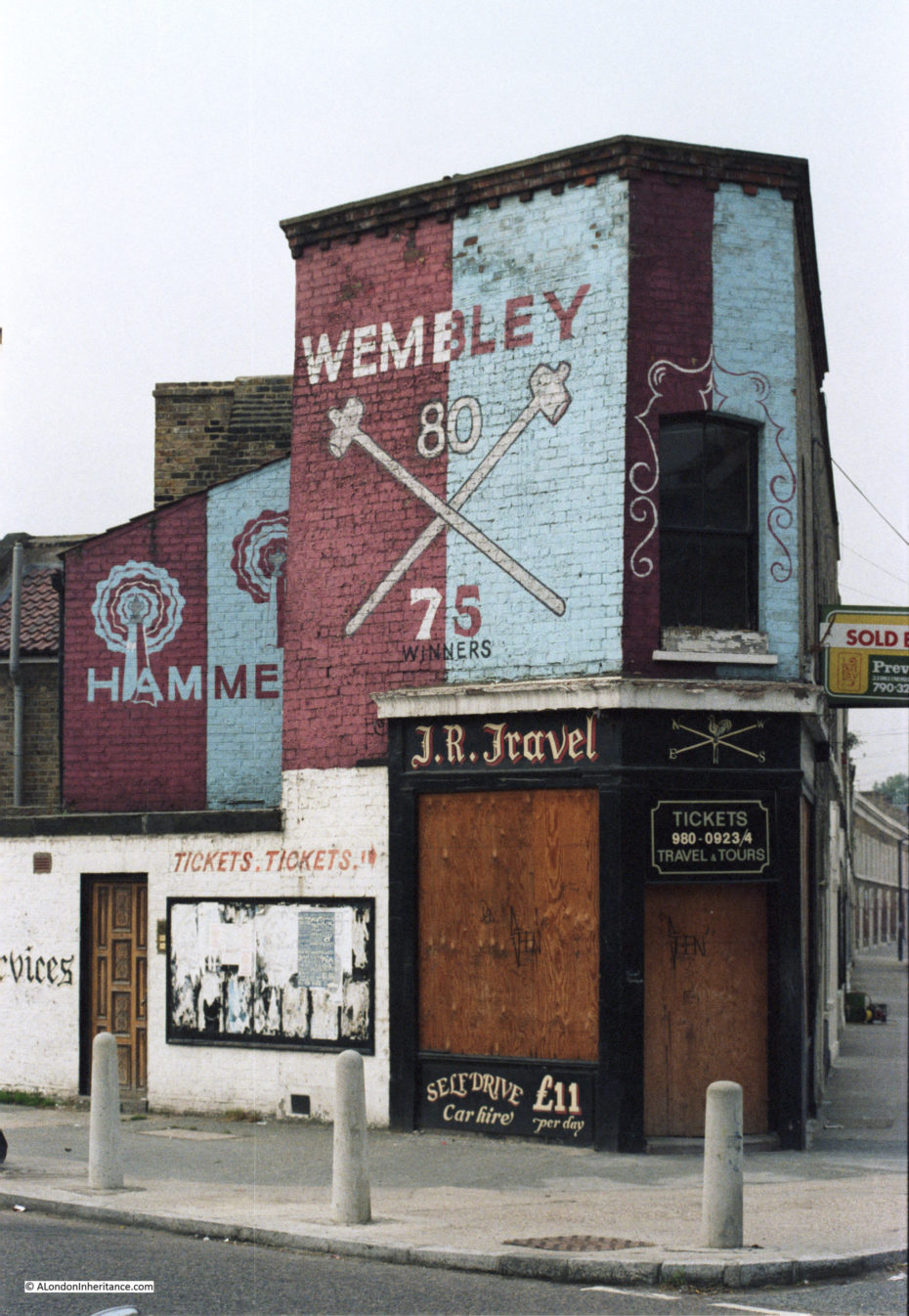
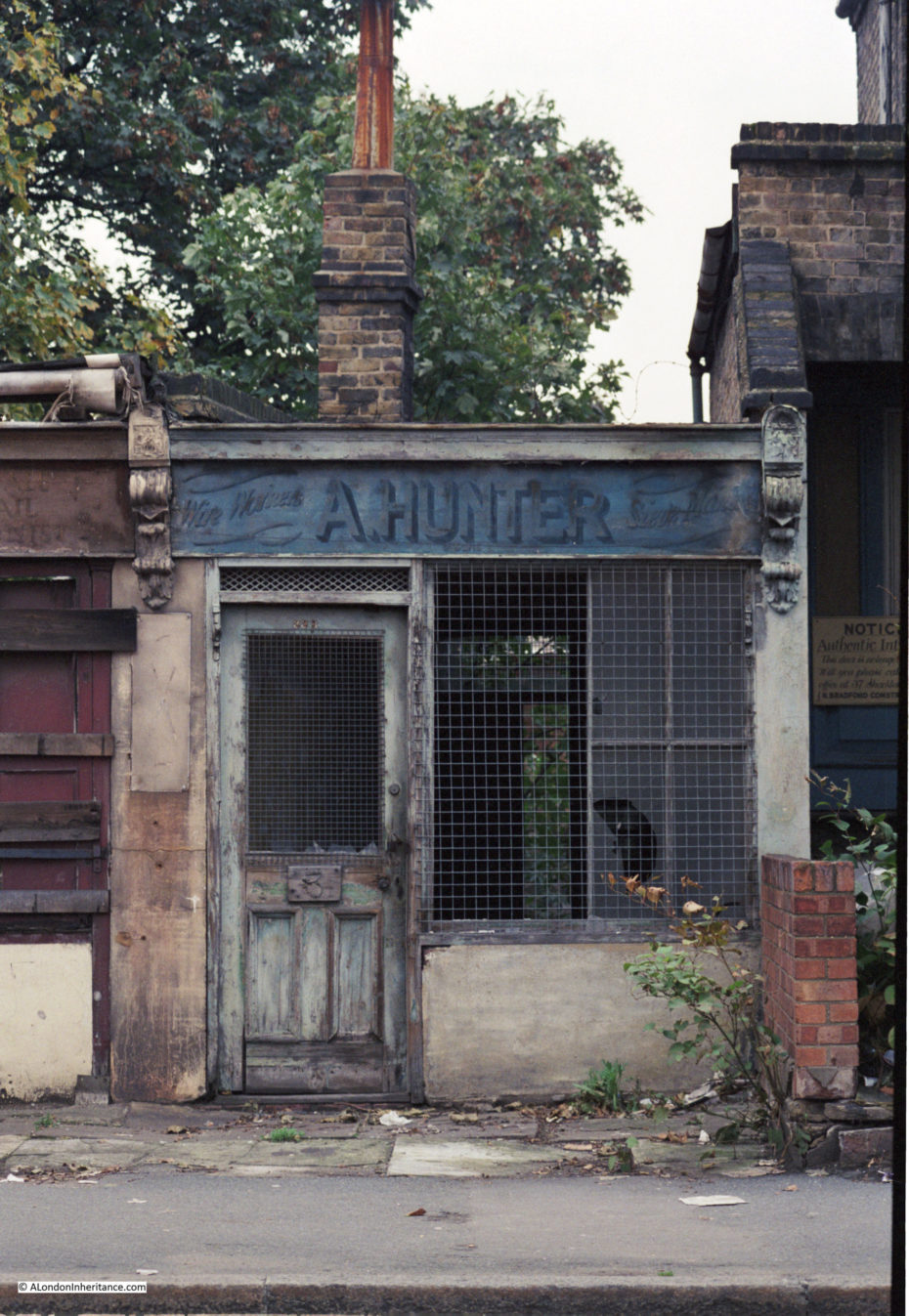
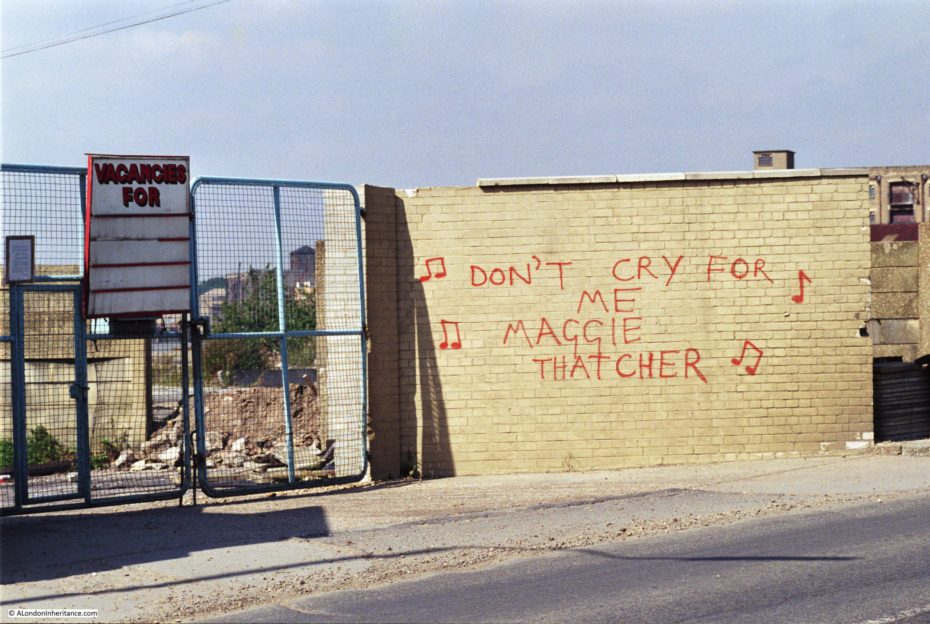
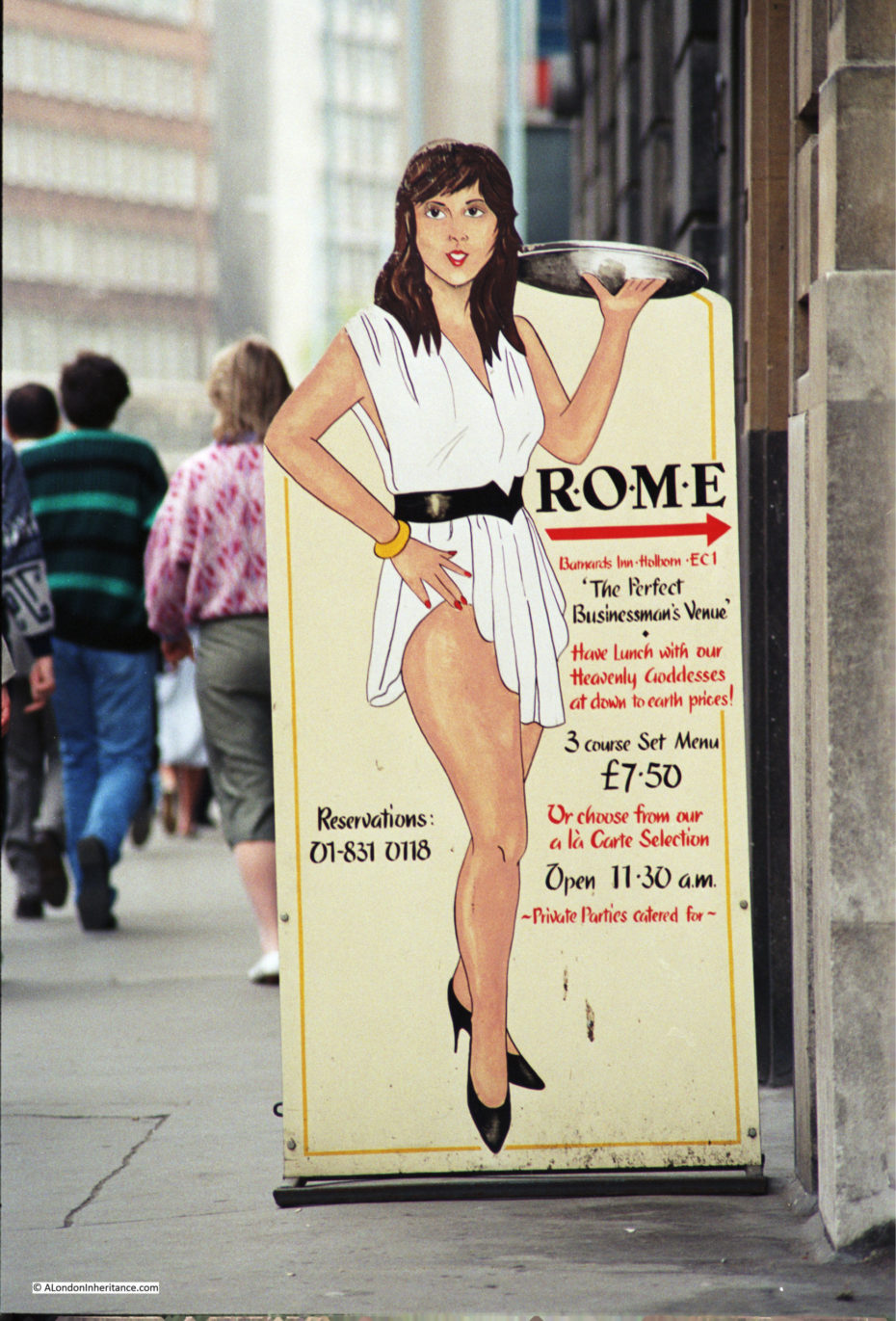
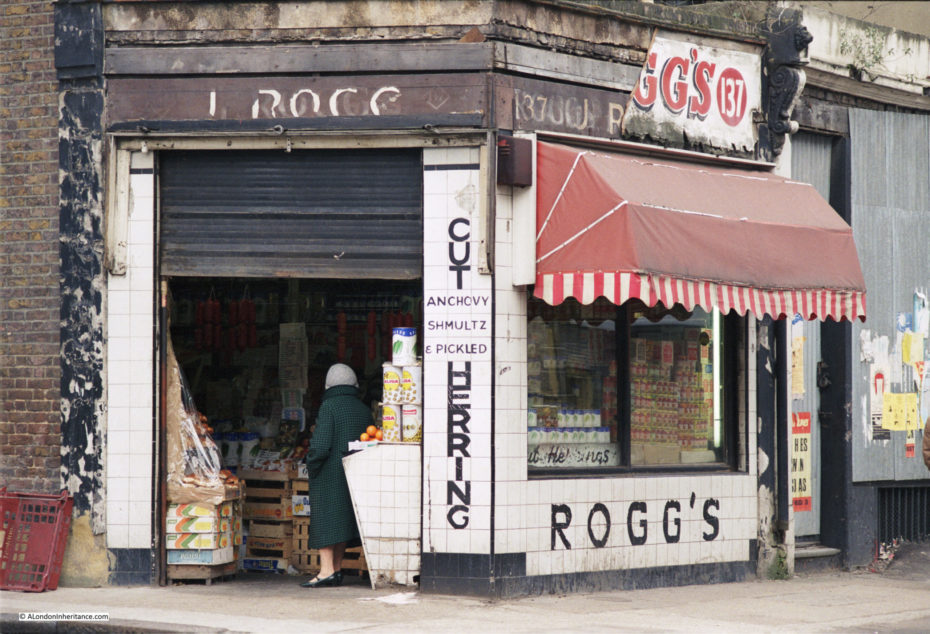
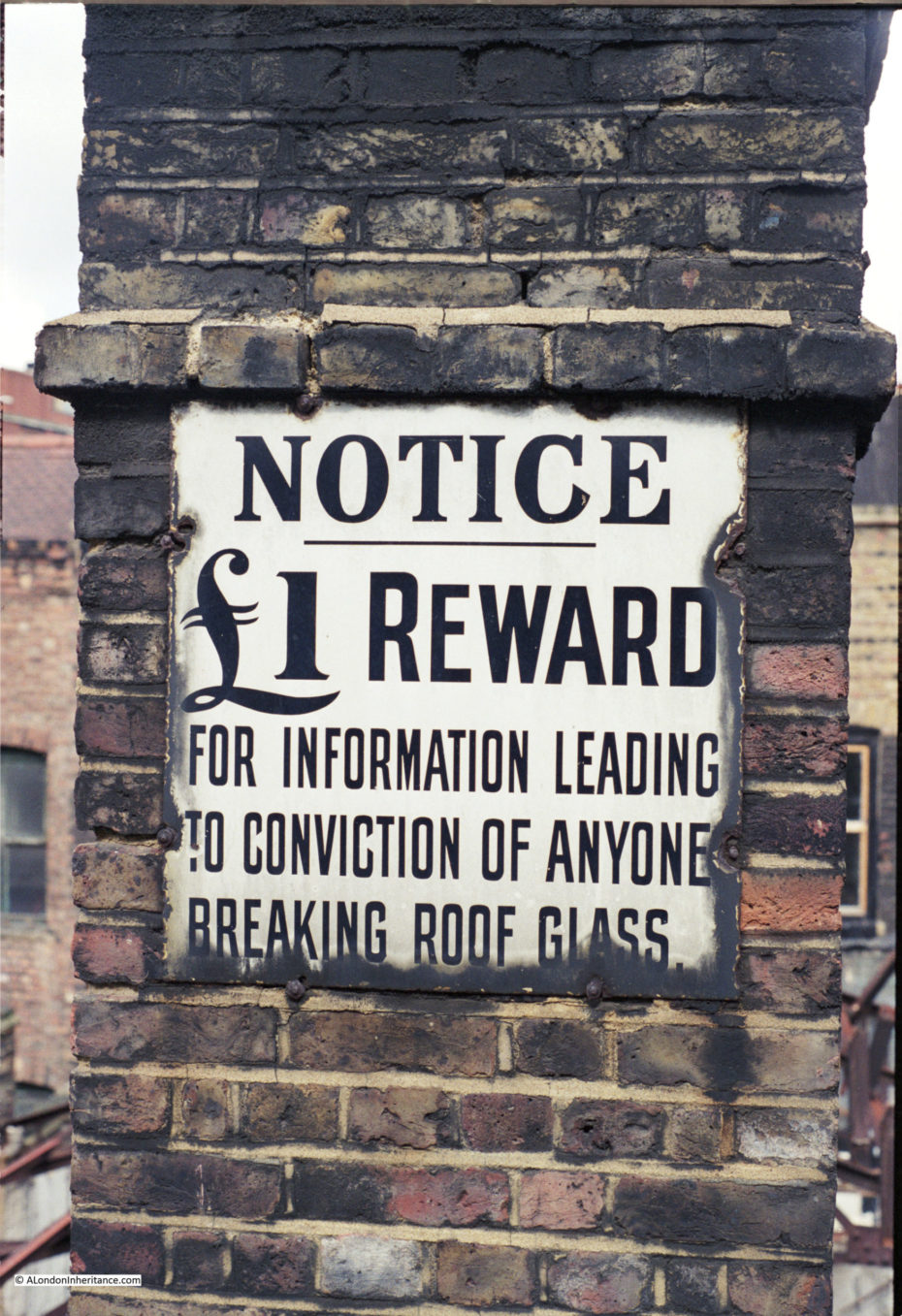

Found on London Inheritance.
3. Regency London’s Forgotten Museums of Piccadilly
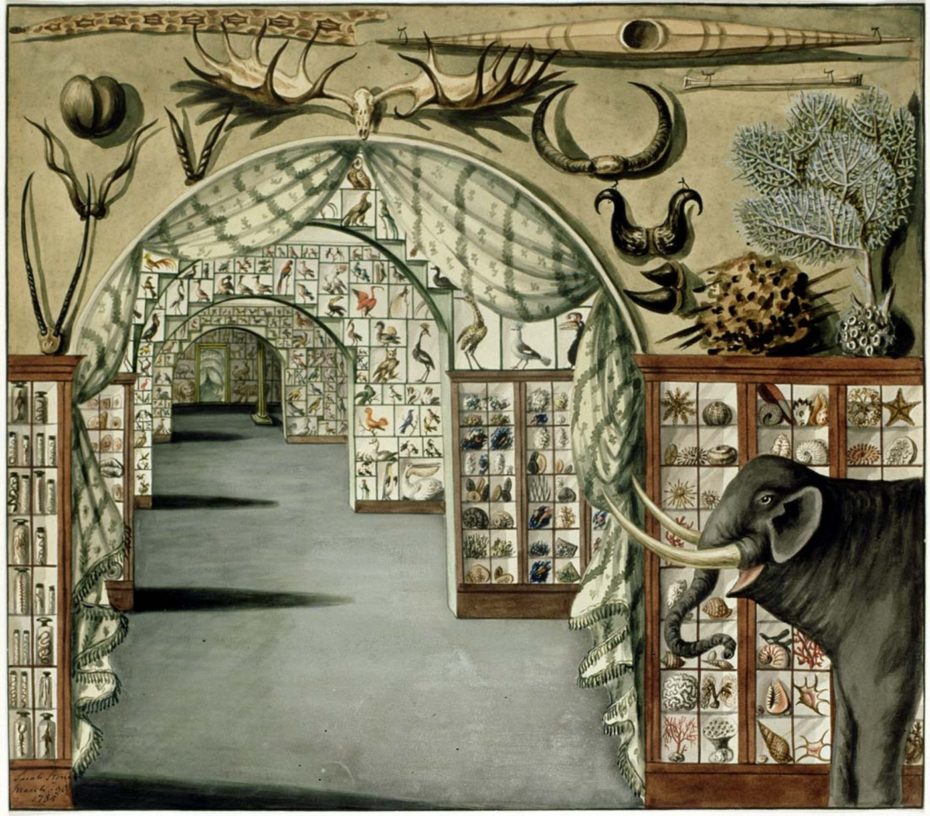
Ashton Lever, an English collector, was born Mar. 5, 1729. In 1760, Lever bought a large collection of shells and was hooked on collecting; indeed, he was on his way to becoming the most acquisitive collector of natural history objects in the British Isles. In 1772, he opened a museum at his estate near Manchester, and 2 years later he moved to London and installed his collection in a house on Leicester Square. It was called the Holophusicon (“encompassing all of nature:), which I am sure brought viewers in off the streets in droves. The museum contained some 25,000 exhibits, and we have a contemporary painting of the interior, made by a woman, Sarah Stone, about whom we will say more shortly (first image). The museum was open to the public, and even though he charged a small admission fee, Lever spent far more than he took in and eventually went broke, and he had to sell his entire collection in a lottery in 1786. He died 2 years later. The winner of the lottery, James Parkinson, kept the museum intact for 20 years, and then he sold it at auction in 1806, and the collection was dispersed, most of the buyers being individual collectors themselves or representatives of foreign museums.
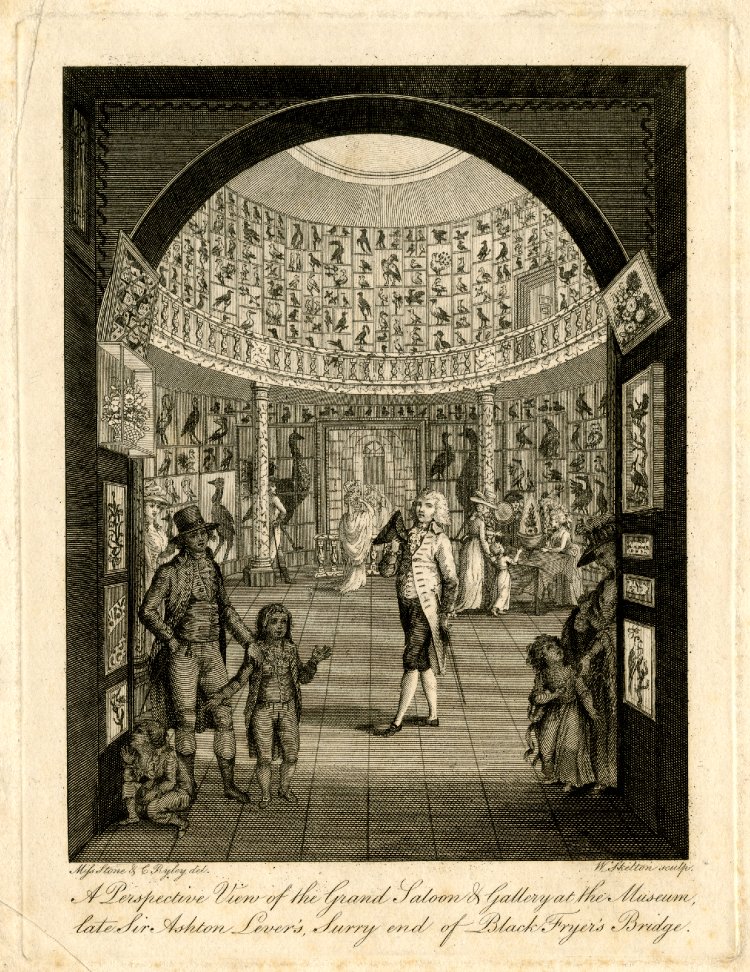
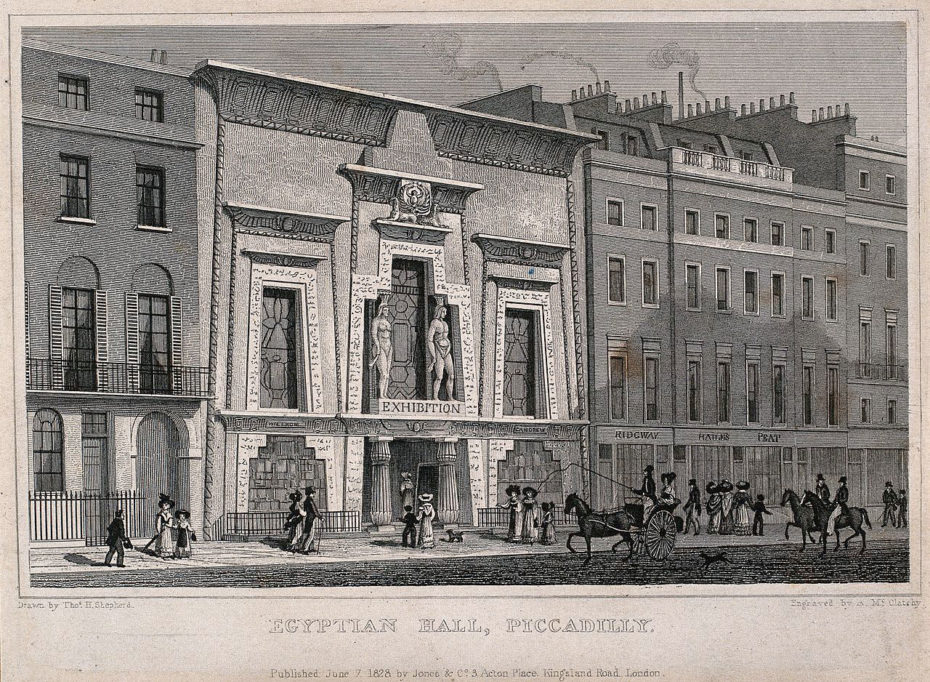
The Egyptian Hall was commissioned by William Bullock as a museum to house his collection, which included curiosities brought back from the South Seas by Captain Cook. It was completed in 1812 at a cost of £16,000.[2] It was the first building in England to be influenced by the Egyptian style. The museum was variously referred to as the London Museum, the Egyptian Hall or Museum, or Bullock’s Museum. In 1905, the building was demolished to make way for flats and offices.
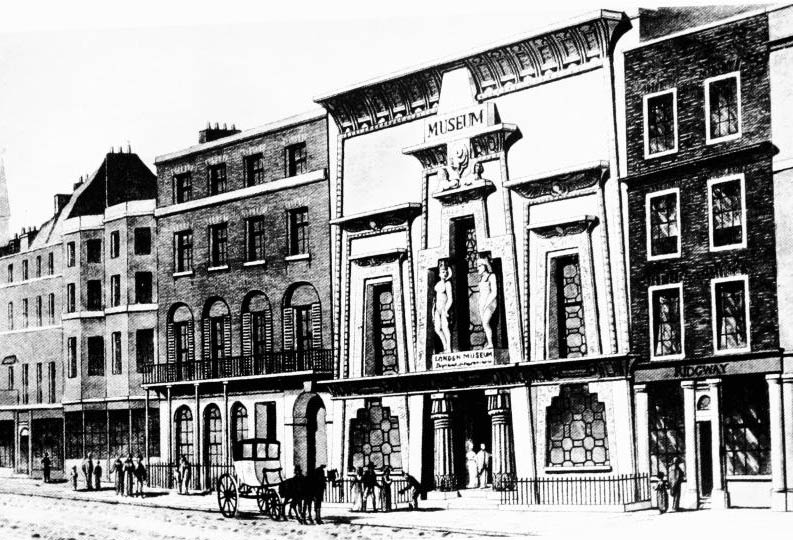
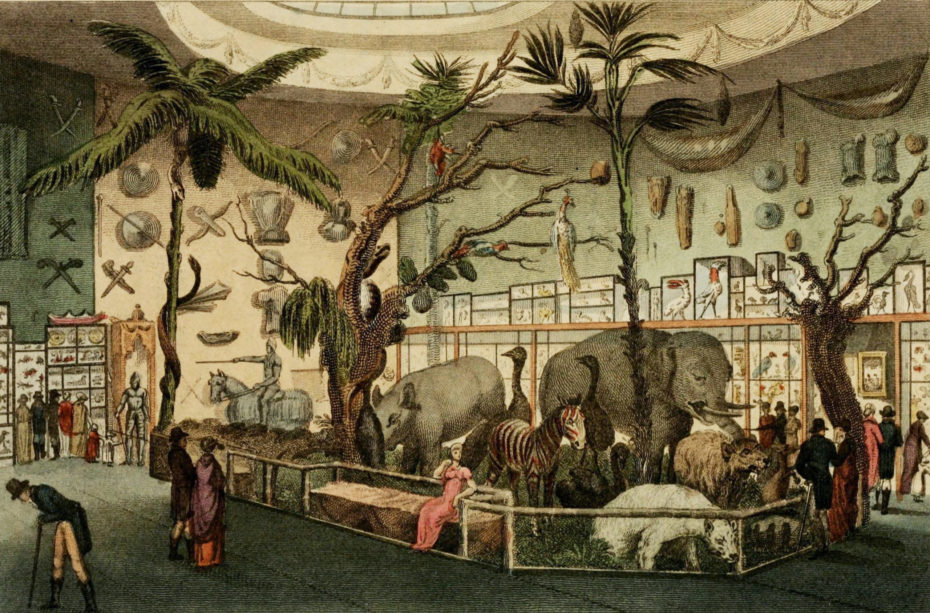
Found while researching for our upcoming book, Don’t be a Tourist in London. More on the Leverian museum and the Egyptian Hall found here.
4. Museum Secrets, a Podcast recommendation

What can asparagus teach us about life? Why do some classical sculptures have removable genitalia? And how did a camel sculpture escape the Nazis? Curators at the Ashmolean Museum of Oxford are recording bite-sized tales of the wonderful, and sometimes unexpected, life of a museum.
Find Museum Secrets on Spotify, iTunes, or wherever you get your podcasts, or listen to the episodes here.
5. The Rolling Chairs of Coney Island
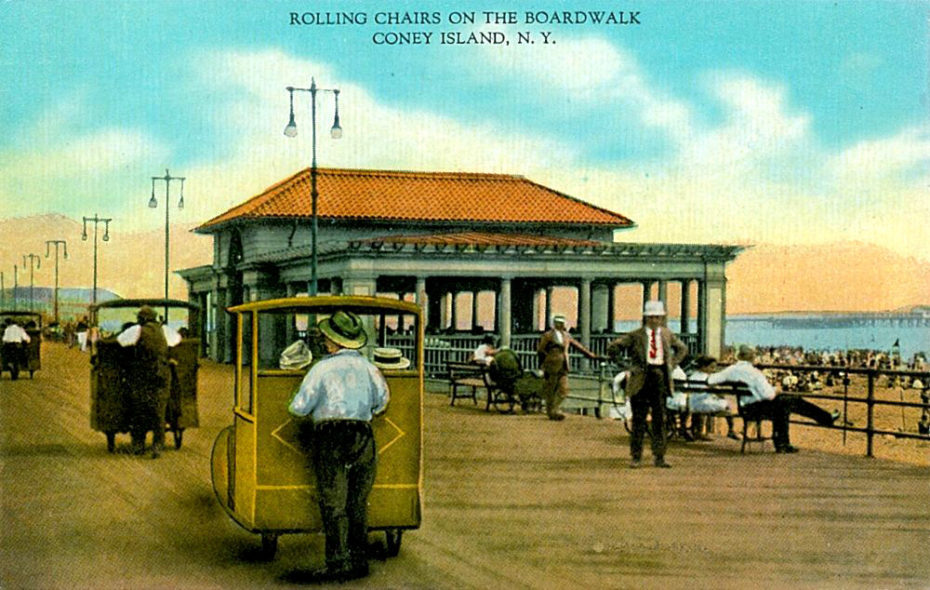
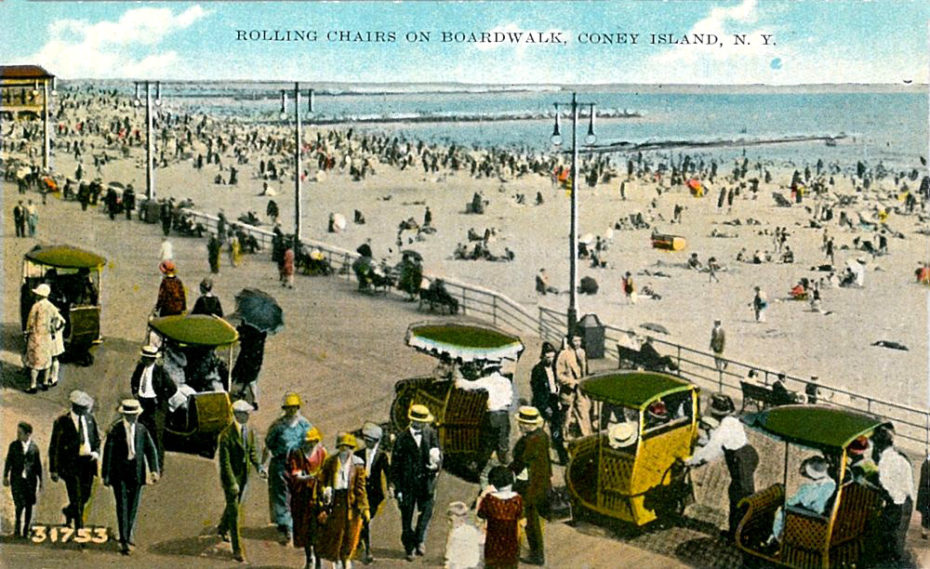
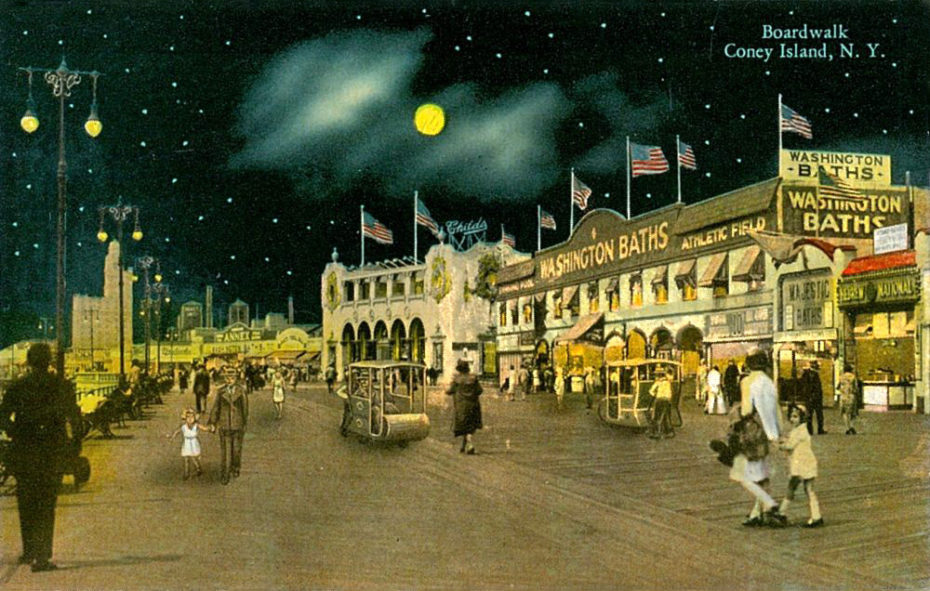
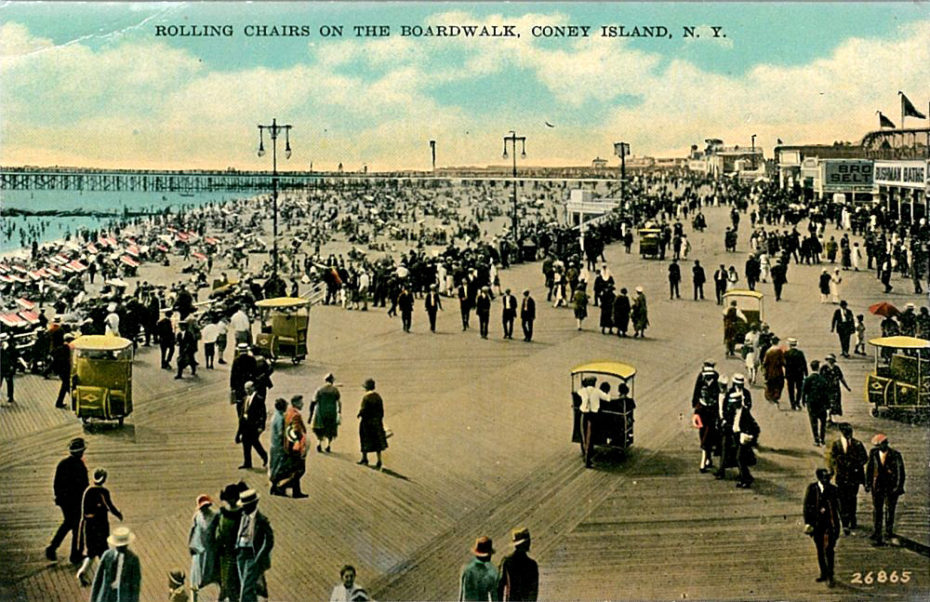
The wood planks of the Coney Island Boardwalk were designed to accommodate two kinds of traffic: pedestrian and rolling chair. The sections with diagonal planks forming a chevron pattern were meant for foot traffic, whereas the two strips of straight planks were meant for rolling chairs. When the boardwalk opened in 1923, rolling chairs were already a popular attraction in Atlantic City, and they remained in Coney Island into the 1960s.
Found on the New York Historical Society.
6. The oldest continuously-running outdoor cinema in the world
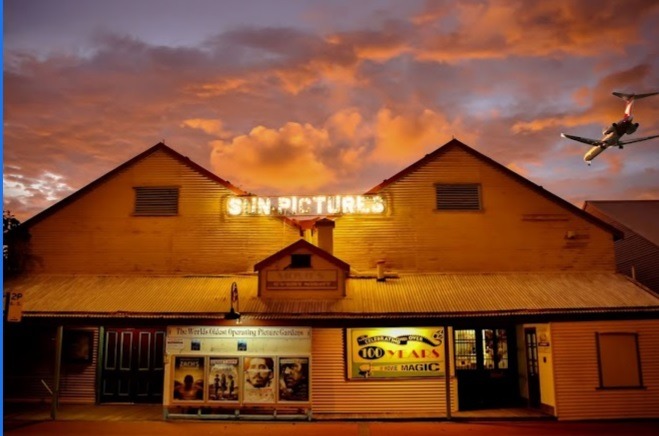
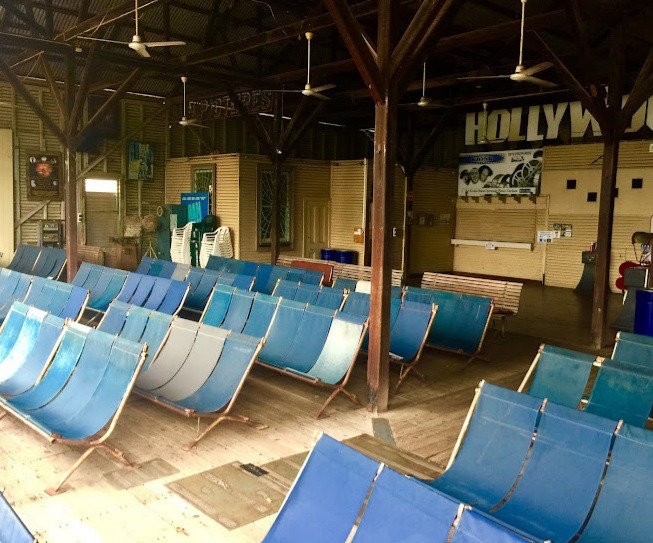
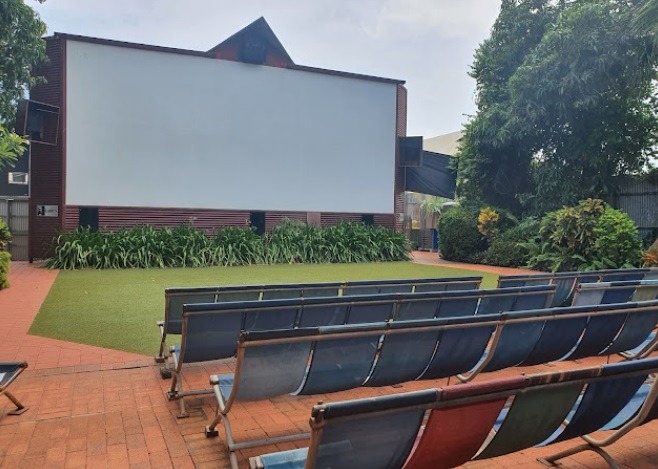
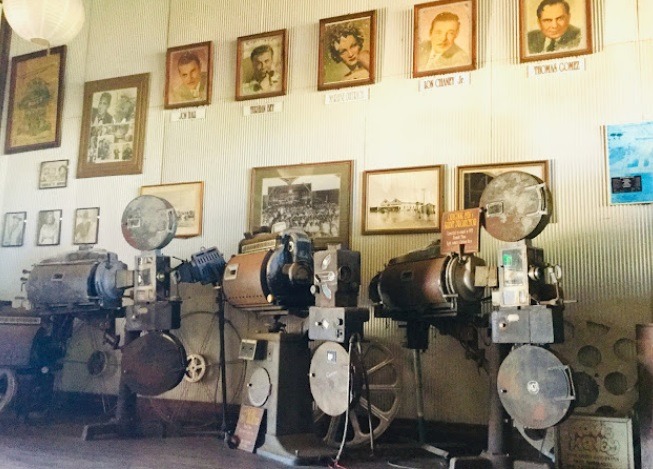

Sun Pictures Gardens in Broome, Australia, is the oldest continuously-running outdoor cinema in the world. Built in 1916, it’s still going strong, and shows several films a night. The first film shown here was the 1913 silent film Kissing Cup.
Found on Fantasmagorie.
7. The future of flight (according to an artist from 1928)
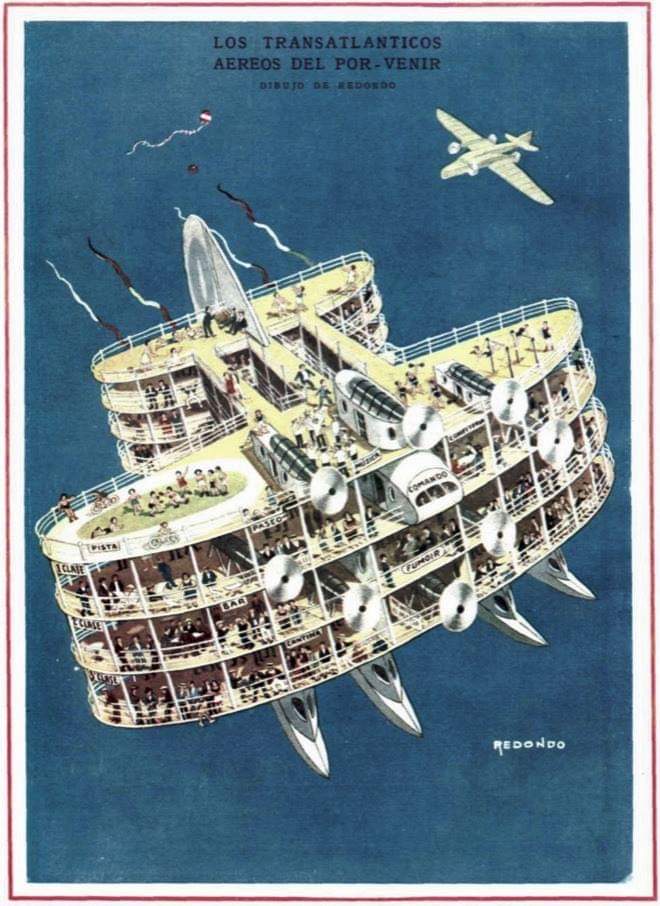
Found here.
8. Telemedicine Predicted in 1925
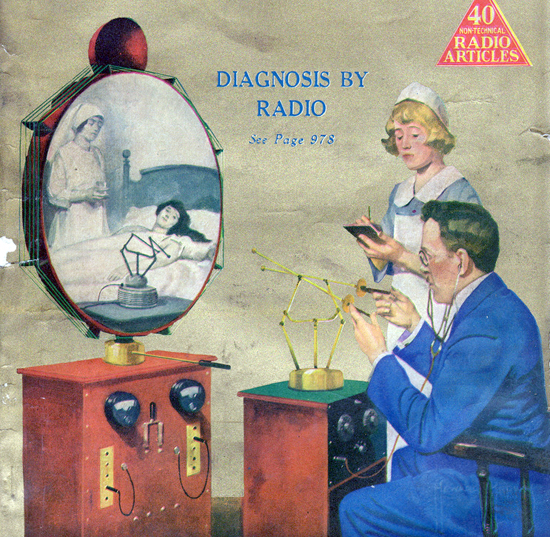
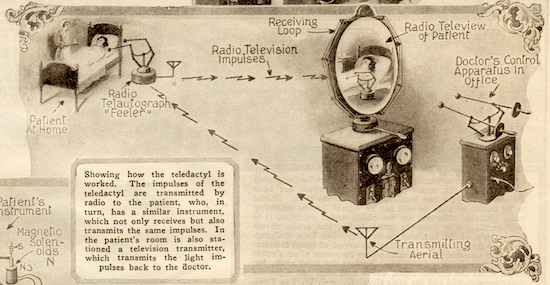
Found on the Smithsonian.
9. Alice in Wonderland Syndrome
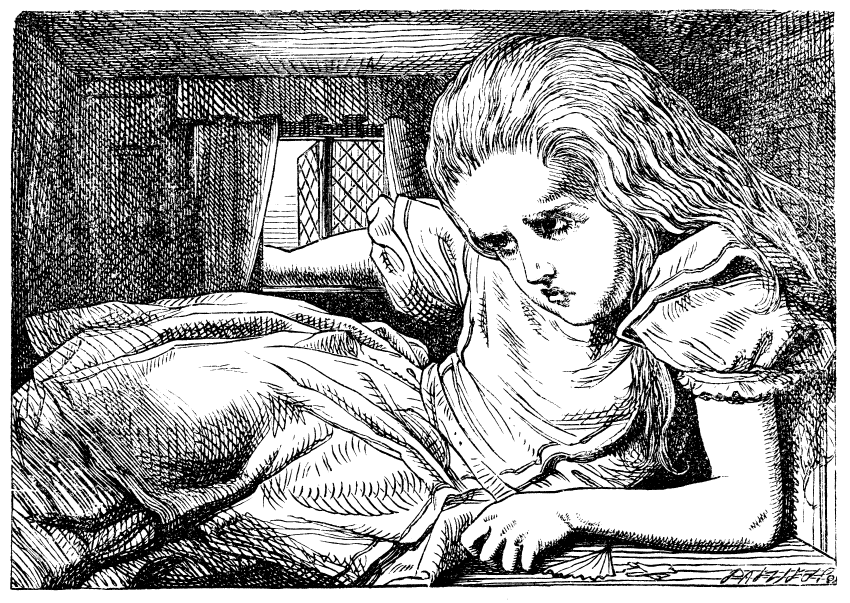
Alice in Wonderland syndrome (AIWS) is a neuropsychological condition that causes a distortion of perception. People may experience distortions in visual perception of objects such as appearing smaller (micropsia) or larger (macropsia), or appearing to be closer (pelopsia) or farther (teleopsia) away than they actually are. Distortion may also occur for senses other than vision.
The cause of Alice in Wonderland syndrome is currently unknown. Read more about it on Wikipedia.
10. The Ring Finders
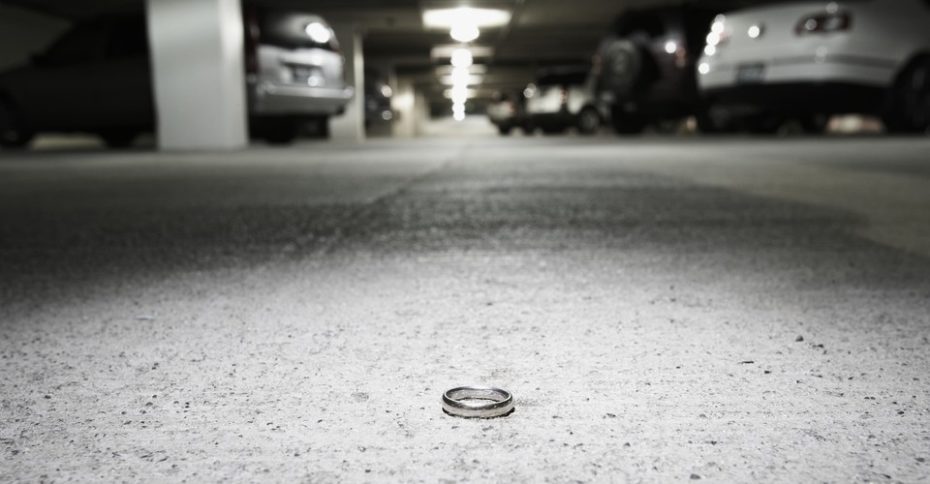
An international group that will assist you if you have lost any metal item. Many members in the directory do not charge for their services and will even do water recoveries. So make sure you drop a pin at the location as soon as you realize it’s lost.
Found here.
11. The island where manliness is based on knitting

For nearly 500 years, men on this tiny Peruvian island have attracted partners by knitting elaborate Andean hats.

Hats reveal men’s marital status, dreams and aspirations.
Found on BBC.com
12. Dating Advice from the 50s
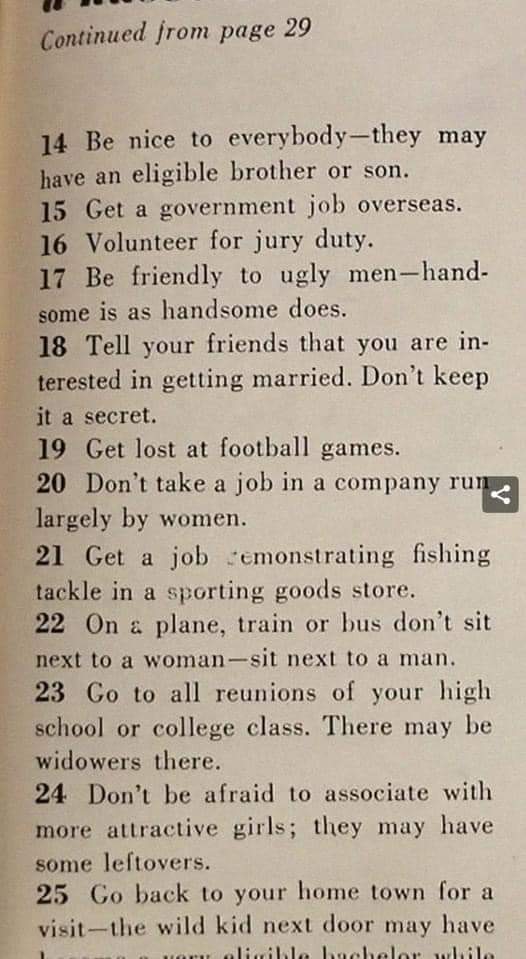
Found on Reddit.
13. Bottom pinching experiment, 1971
The BBC sent presenter Nicky Woodhead out to pinch men’s bottoms in 1971.
Found via Lost in History Pics



